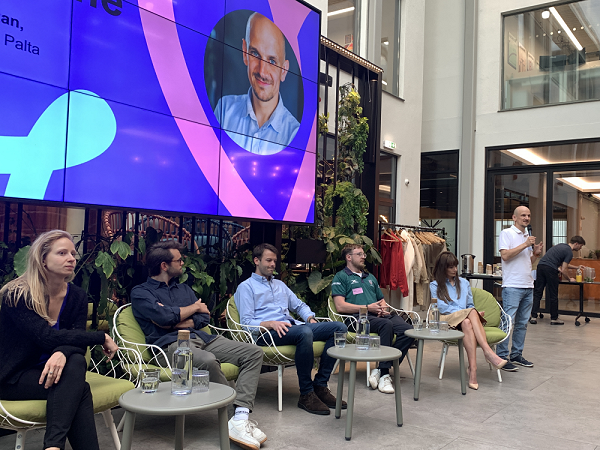This is one of a series of reports on old Barcamp sessions.
As adults we tend to do monophasic sleep, once in every 24 hours. Some cultures follow the siesta pattern, and babies everywhere sleep when they feel like it. Polyphasic sleep comes naturally to some!
I usually observe monophasic sleep except when things become excessively busy with work or with study. As a student I learnt to “get more hours in the day” by adjusting my sleep. Completely unguided, I discovered strategic naps helped me through University. I didn’t sleep in lectures, but occasionally (especially in exam season) I would have days where I would return to my room for a one hour sleep.
Years later I stumbled on a (now defunct) web site which explained not all humans are a natural fit for a 24 hour day, and the author had discovered he could work, rest and play perfectly if he adopted a 26 hour day. He researched polyphasic sleep and blogged about it.
Experiment and find what’s right for you. For me that’s monophasic sleep unless I’m under pressure. When needed, I can quickly transition through siesta (2 days) and then use Everyman3. After the pressure is off, I take a further 2 days to transition through siesta back to monophasic sleep. I’ve never succeeded with Everyman2, and have never felt the need to progress to Everyman4 or beyond. Everyman3 is right for me, in short bursts, and never for more than seven weeks.
I have no intention of trying Uberman, though apparently it was a regular habit of Leonardo da Vinci. When the pattern is more intense the intervals and lengths are more critical. Getting Uberman wrong leads to fractious bouts of anxiety!
• Monophasic – one core sleep of 8+ hrs
• Siesta – one nap of about 1 hr and a “short” night time sleep
• Everyman2 – 5hrs and 2x 20min power naps
• Everyman3 – 4hrs and 3x 20min power naps
• Everyman4 – 3hrs and 4x 20min power naps
• Everyman5 – 2hrs and 5x 20min power naps
• Uberman – no core sleep – 6x 20min power naps, spaced out perfectly

Not to scale
My advice? We’re all different, listen to your body!
Everyman3 works for me because I space the power naps evenly throughout the day. I also allocate 30 mins, in order to fall asleep and secure that valuable 20+ mins. Once I’m in the zone, I can be asleep within 2 or 3 mins. Transitioning in sometimes means 30 mins of no sleep, but just rest. I don’t get worked up about it, 30 mins of relaxation is great, and I know that within 2 or 3 days my body will be in tune with the idea of going to sleep on demand. Transitioning in and out of Everyman3 is key. And if that takes a little time, I just chill.
Once, on a radio show, several guests complained that Uberman was wrecking their lives. I was the only guest who advocated polyphasic sleep. I stressed that it works for me because I take care with transitioning at both ends. I only use Everyman3 when I need to (usually once per year, and usually for a 4 week period) and when I adopt that pattern I have a strict rule to nap at precisely the right times each day.
Your mileage may vary!



